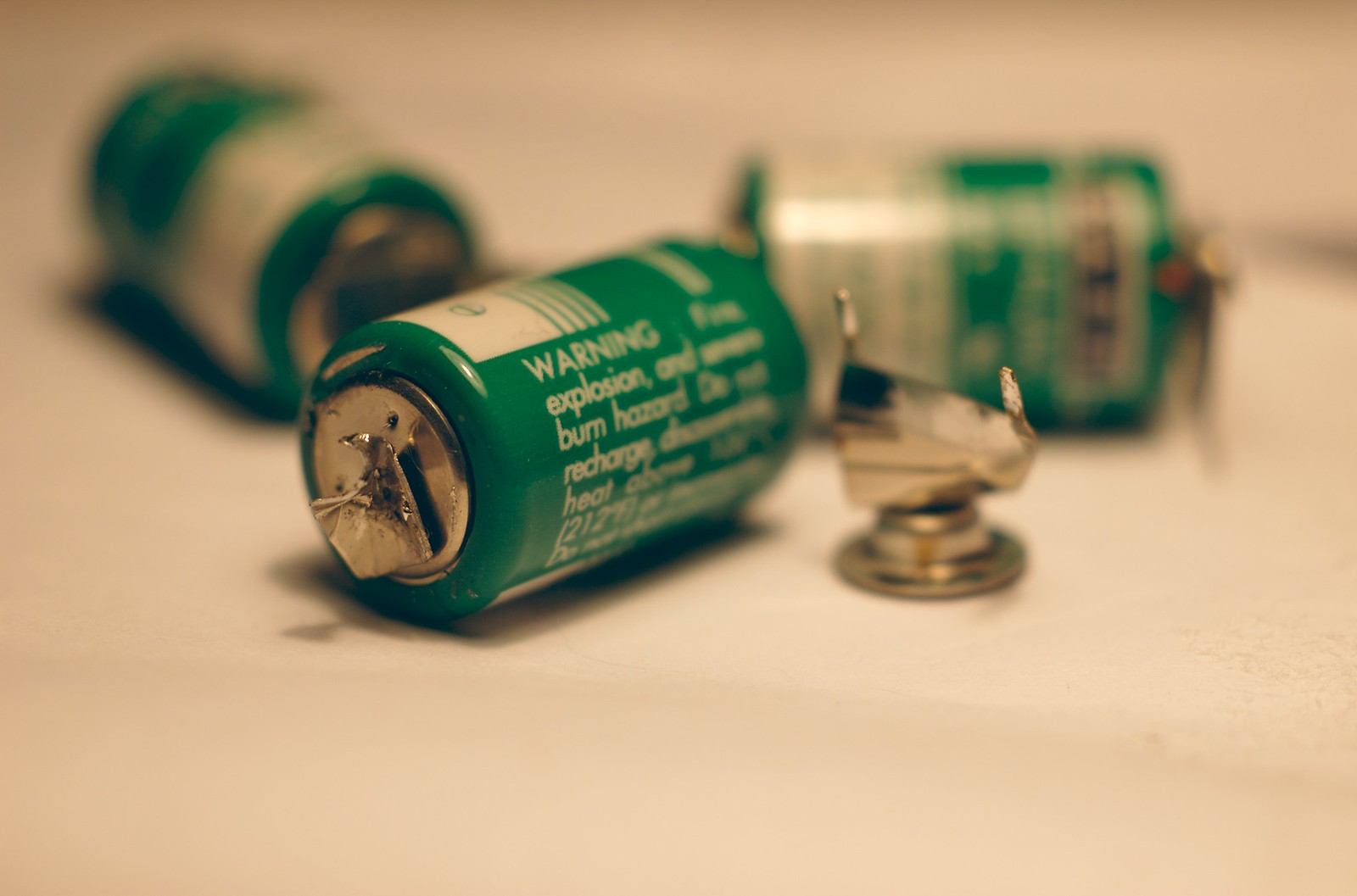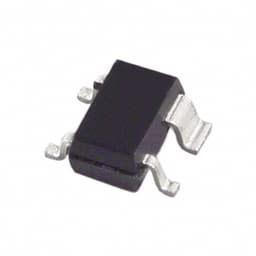
There are many pieces to any semiconductor product “puzzle” that can result in obsolescence. These pieces range from business revenue to any one of the subcomponents that compose semiconductor products, such as foundry process technologies, packages, substrate or lead frames, test platforms, or design resources. The puzzle pieces often include the overall corporate or market focus for any given semiconductor company. Market foci may change over time for a semiconductor company, even while a long-term system company, such as a customer, may not alter its product focus. Understanding long-term availability risks with any product selection, the part numbers offered by original component manufacturers, go far beyond the bill of materials (BOM) health reports provided by the various commercially available tools.
How does the manufacturing supply chain impact long-term product availability?
Most older semiconductor products are assembled with lead frame packages, like DIP, PLCC, QFP, and PGA. The semiconductor market has moved away from lead frame packages as the primary volume driver and toward substrate-based assemblies.
Why did the industry move away from lead frame assemblies?
It is important to address the history of assembly locations, profit margins, and the move toward ever-increasing performances to fully understand why lead frame assemblies are disappearing.
Assembly offshoring started happening in earnest during the 1980s. This was before the dominance of TSMC with foundry technologies. Offshore assembly was primarily driven by costs, but also by environmental restrictions, as the 1980s assembly processes were not as clean as it is today. The push for greater profit margins gradually eliminated numerous lead frame suppliers from the mix, until only the largest suppliers could be profitable. Profit margins on lead frames were reduced to single-digit numbers, while most semiconductor company margins trended toward 50 percent.
Lead frame volumes peaked in the 1990s and early 2000s, concurrent with the push toward high-speed IO and the invention of BGA assembly. High-speed IO, such as those found with PCI-e, multi-gigabit ethernet, SATA, SAS, s-Rio, and others found that wire bonds were limiting performance. The IO standards and other new standards coming online had roadmaps of performance that wire bond would never have been able to achieve. As device speeds greatly increased, so did the power of those devices.
Wire bond distributes power from the outside of the chip toward the core. For higher-performance products gaining availability in the 1990s, getting power to the device from the outside of the die was not sufficient. Flip-chip and substrates in BGAs alleviated the power distribution challenge by providing power directly to the core and removing the bond wires, allowing for better signal integrity with high-speed SerDes standards. As volumes of lead frame assemblies declined in the early 2000s, QFN assemblies appeared for lower pin count packages. QFNs are substrate-based assemblies that mostly use wire bond in high volumes.
Flash forward to today, and lead frame assemblies are in far lower volumes than substrate-based assemblies. The biggest cost to install lead frame assemblies is the trim and form tooling. As the volume of lead frames has diminished, the cost to replace lead frame trim and form tooling, coupled with the single-digit profit margin of offshore suppliers, has put enormous pressure to move away from lead frame assemblies altogether.
The answer to why the industry moved away from lead frame assemblies is that technology performance demanded zero wire bonds, and the costs to continue lower volume lead frame assemblies were overwhelming.
Once an assembly solution is in place, a test solution must be viable as well. Consider the same trends occurring in tester technology to enable the transition to substrate assembly testing, where disconnects exist that may result in obsolescence. The newest handlers for production test are primarily geared toward substrate-based assemblies. Efforts for cost reduction for volume production are all currently based on substrate assemblies. Test for lower volume production at an OSAT location is less feasible as volumes diminish, especially if that product is lead frame-based.
Assuming wafer availability, what if a company simply acquired an existing OSAT supply chain to continue to provide the same semiconductor product?
If any single link in the OSAT chain is deemed economically unfeasible moving forward, expect a resulting obsolescence event. The risk of that obsolescence increases as any company supporting OSAT supply chain management cannot drive the volume of products as the original semiconductor company would have. Therefore, that company cannot leverage the same level of product continuation. In the short term, OSAT chain management can keep a product in production but is not typically viable in the long term.
Partnering with a licensed semiconductor manufacturer can mitigate the risks of component obsolescence or EOL. A licensed manufacturer can produce devices no longer supplied by the OCM. When a component is discontinued, the remaining wafer and die, the assembly processes, and the original test IP, are transferred to the licensed manufacturer by the OCM. This means that previously discontinued components are still available newly manufactured, and 100 percent in compliance with the original specifications. No additional qualifications are required or software changes.


.png&w=256&q=75)










